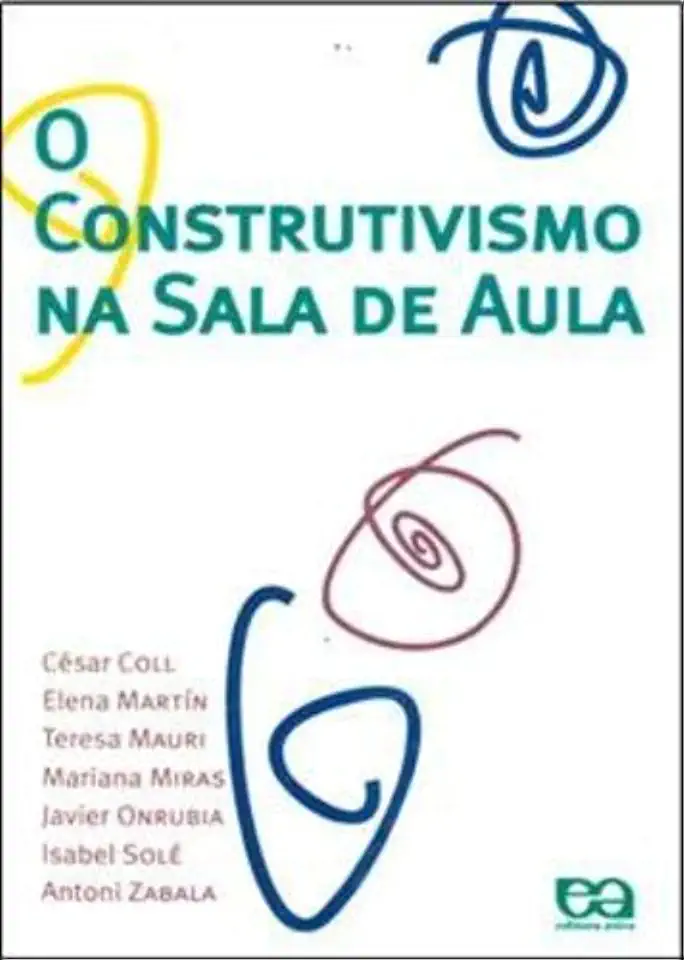
Constructivism in the Classroom - Cesar Coll
Constructivism in the Classroom: A Revolutionary Approach to Teaching and Learning
Introduction
In his groundbreaking book, "Constructivism in the Classroom," renowned educational psychologist Cesar Coll presents a compelling case for a paradigm shift in the way we think about teaching and learning. Coll argues that traditional educational practices, which emphasize rote memorization and passive learning, are no longer effective in preparing students for the challenges of the 21st century. Instead, he proposes a constructivist approach to education, which places the learner at the center of the learning process and encourages active engagement with the material.
Key Principles of Constructivism
Coll's constructivist approach to education is based on several key principles:
- Learning is an active process. Students construct knowledge through their own experiences and interactions with the world around them.
- Prior knowledge plays a crucial role in learning. Students build new knowledge on the foundation of their existing knowledge and experiences.
- Social interaction is essential for learning. Students learn best when they collaborate with others and share their ideas.
- Authentic learning experiences are more effective than traditional methods. Students learn best when they are engaged in real-world problems and activities that are relevant to their lives.
Putting Constructivism into Practice
Coll provides a wealth of practical strategies for implementing constructivist principles in the classroom. These strategies include:
- Using inquiry-based learning. Students are encouraged to ask questions, explore their interests, and discover knowledge for themselves.
- Providing opportunities for collaboration. Students work together on projects, discuss their ideas, and learn from each other.
- Using authentic learning experiences. Students engage in real-world problems and activities that are relevant to their lives.
- Assessing student learning in a variety of ways. Students are assessed on their ability to apply their knowledge and skills to new situations, rather than simply memorizing facts.
Benefits of Constructivism
Coll argues that constructivism offers a number of benefits over traditional educational practices. These benefits include:
- Increased student engagement. Students are more motivated to learn when they are actively involved in the learning process.
- Deeper understanding. Students develop a deeper understanding of the material when they construct their own knowledge.
- Improved problem-solving skills. Students who learn through constructivism are better able to solve problems and apply their knowledge to new situations.
- Greater creativity. Students who learn through constructivism are more creative and innovative in their thinking.
- Enhanced critical thinking skills. Students who learn through constructivism are better able to think critically and evaluate information.
Conclusion
"Constructivism in the Classroom" is a must-read for any educator who is interested in creating a more engaging and effective learning environment. Coll's research-based approach provides a solid foundation for transforming education and preparing students for the challenges of the 21st century.
Call to Action
If you are ready to revolutionize your teaching practice and create a more engaging and effective learning environment, then I urge you to read "Constructivism in the Classroom" today. This book will change the way you think about teaching and learning, and it will inspire you to create a classroom where students thrive.
Enjoyed the summary? Discover all the details and take your reading to the next level — [click here to view the book on Amazon!]